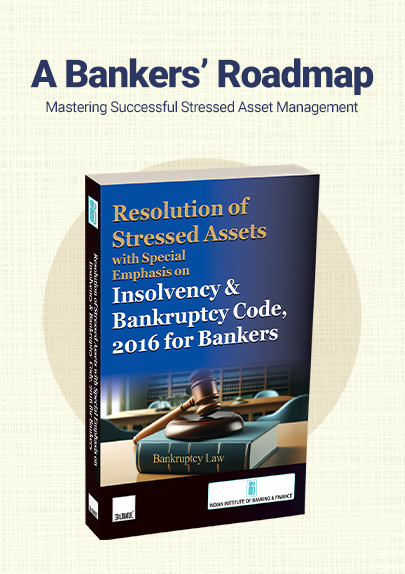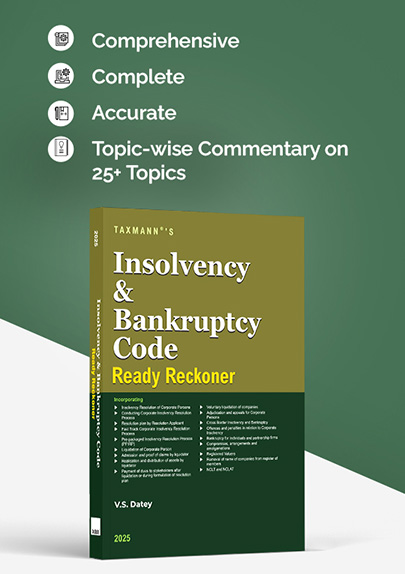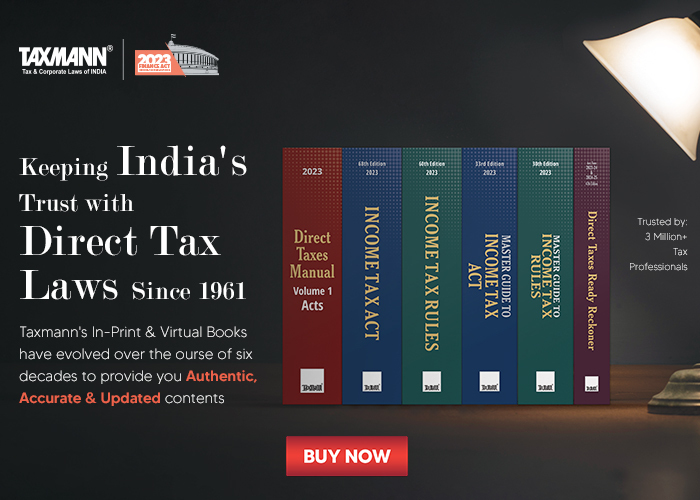Accounting Treatment of Borrowing Costs in Hybrid Annuity Model (HAM) Projects Under Ind AS Framework
- News|Blog|Account & Audit|
- < 1 minute
- By Taxmann
- |
- Last Updated on 25 February, 2025
This document examines whether borrowing costs, including Interest during Construction (IDC), should be included in project costs for revenue recognition or capitalized as a financial asset in Hybrid Annuity Model (HAM) projects under the Ind AS framework. It focuses on an SPV executing a highway project under a concession agreement with NHAI and evaluates the accounting treatment under Ind AS 115, Ind AS 23, and Ind AS 109.
Key issues include whether borrowing costs can be added to project costs when calculating revenue margins, given that revenue is recognized using a cost-plus-margin approach. The document also considers whether borrowing costs can be capitalized as part of the financial asset recognized under Ind AS 115, given the SPV’s contractual right to receive payments from NHAI. Additionally, it examines whether borrowing costs meet the criteria for capitalization under Ind AS 23, considering that the SPV does not own or control the road after construction. Under Ind AS 109, the document assesses whether borrowing costs can be factored into financial asset measurement or must be treated strictly as a financing expense.
Overall, this document explores whether borrowing costs should be included in project cost calculations, capitalized as part of a financial asset, or expensed separately, ensuring compliance with applicable accounting standards.
Click Here To Read The Full Story
Disclaimer: The content/information published on the website is only for general information of the user and shall not be construed as legal advice. While the Taxmann has exercised reasonable efforts to ensure the veracity of information/content published, Taxmann shall be under no liability in any manner whatsoever for incorrect information, if any.

Taxmann Publications has a dedicated in-house Research & Editorial Team. This team consists of a team of Chartered Accountants, Company Secretaries, and Lawyers. This team works under the guidance and supervision of editor-in-chief Mr Rakesh Bhargava.
The Research and Editorial Team is responsible for developing reliable and accurate content for the readers. The team follows the six-sigma approach to achieve the benchmark of zero error in its publications and research platforms. The team ensures that the following publication guidelines are thoroughly followed while developing the content:
- The statutory material is obtained only from the authorized and reliable sources
- All the latest developments in the judicial and legislative fields are covered
- Prepare the analytical write-ups on current, controversial, and important issues to help the readers to understand the concept and its implications
- Every content published by Taxmann is complete, accurate and lucid
- All evidence-based statements are supported with proper reference to Section, Circular No., Notification No. or citations
- The golden rules of grammar, style and consistency are thoroughly followed
- Font and size that’s easy to read and remain consistent across all imprint and digital publications are applied






 CA | CS | CMA
CA | CS | CMA


